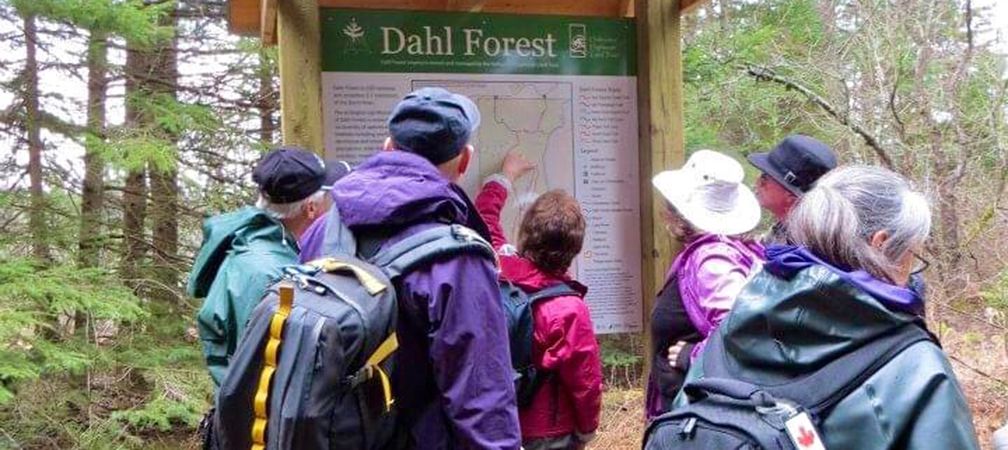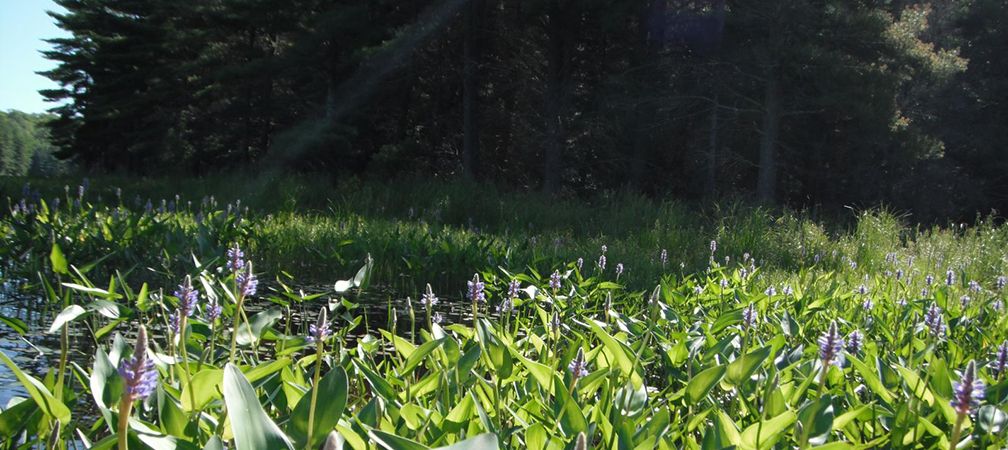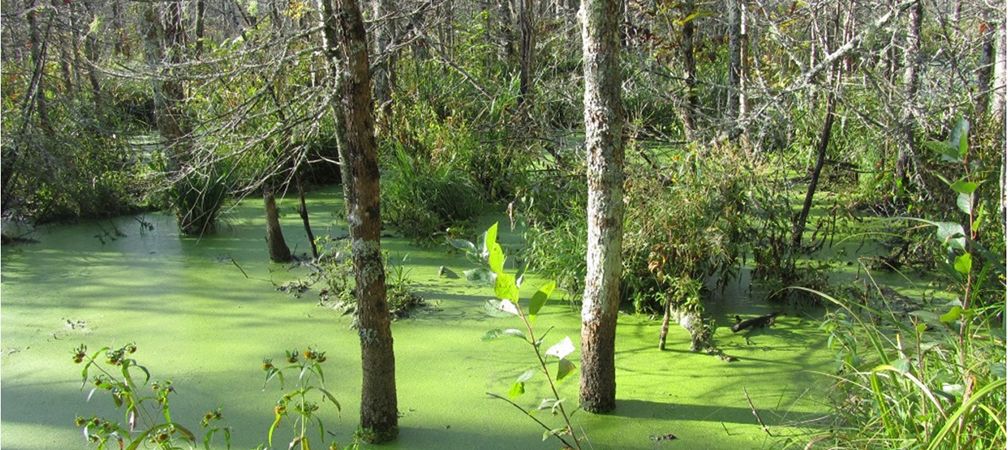These days, people are hearing more about nature-based climate solutions, but what do these solutions look like on the ground? Nature-based climate solutions are actions taken to maintain and restore natural ecosystems that help keep greenhouse gases out of the atmosphere and improve resilience against extreme weather events. This often looks a lot like land protection and stewardship. The beauty of this approach is that there are myriad add-on benefits, like safeguarding biodiversity through habitat conservation and connectivity and increasing availability of natural areas for people to enjoy.

With under 11 percent of its land base currently protected from development, Ontario has a long way to go to contribute to Canada’s target of protecting 25 percent of lands and waters by 2025 and 30 percent by 2030. Luckily, there are still opportunities to protect extensive, relatively intact, ecologically valuable habitats that will help accomplish these goals and contribute to climate change resilience. Several years of on-the-ground research led by the Haliburton Highlands Land Trust (HHLT) has identified one such opportunity in a large swath of land in Central Ontario called the Highlands Corridor.

Characteristics of the Highlands Corridor
The Highlands Corridor (the Corridor) comprises over 100,000 ha and bridges a large gap between Queen Elizabeth II, Kawartha Highlands, and Silent Lake Provincial Parks. It covers a diverse landscape of forest, wetlands, and rock barrens rich in species at risk and significant habitats. HHLT has studied and documented several large wetland complexes in the Corridor that are now classified as provincially significant. With their carbon storage and flood attenuating properties, wetlands are an important piece of the puzzle in helping to mitigate the negative impacts of climate change. HHLT is working to inform and engage the community through radio interviews, public presentations, a written report and, most recently, an informative video highlighting the value and beauty of the Corridor.

Almost 60 percent of the Highlands Corridor is comprised of unceded Crown land that could be given more protection under the Crown land use planning process, in consultation with and with the consent of the Williams Treaties First Nations. Private land is also part of the conservation puzzle in the Corridor, and this is where land trusts like HHLT can play a special role. HHLT owns two properties in the Corridor (Dahl Forest and the Fred & Pearl Barry Wetland Reserve) and has been working to support other private landowners within the Corridor to develop conservation-oriented land management plans and to assist in their stewardship efforts.

The Value of Ontario’s Natural Spaces
Central Ontario is a place that many people appreciate for camping, cottaging, and enjoying the outdoors in all number of ways. It may be expected that this region would be relatively well-protected from the habitat losses experienced in more heavily populated parts of the province, but industrial interests (like logging and aggregate extraction) and other development pressures loom large. Many key habitats in the region remain undocumented and unevaluated, leaving them at risk of being degraded, fragmented, or lost entirely. The HHLT’s work to document and protect the values of the Highlands Corridor is a critical step towards ensuring that these ecosystems stay healthy and that future generations can enjoy this beautiful landscape.

How You Can Help
To prevent the ongoing loss and degradation of the ecosystems that function as nature-based solutions to the climate and biodiversity crises, the province needs to act now. The Highlands Corridor represents a valuable opportunity to expand the network of protected spaces, build climate resilience, and support biodiversity in central Ontario.
To learn more about HHLT’s work, please visit their website and check out the video outlining their efforts to protect the Highlands Corridor. You can help advocate for its protection by contacting your MPP. County of Haliburton locals can also contribute by supporting the protection of the Corridor as a priority in the Community Climate Action Plan during their next public engagement period, planned for late summer 2022.
Resources
Part II: The Case for Nature-based Solutions to Climate Change, Blog, October 2021
Doing Right by Wetlands, Blog, February 2021
World Wetlands Day Call to Action, Blog, February 2022
Protected Areas and Climate Action in Ontario report — A Cross Cultural dialogue, April 2020
Protected Areas and Climate Action in Ontario report — A Cross Cultural dialogue, April 2020
By Adan Amer and Sarah Hasenack

Dr. Shelley Hunt is a forest ecologist, chair of the Haliburton Highlands Land Trust Board of Directors, and ON member. As a lifelong cottager and now resident of Haliburton County, she has a personal connection to the Highlands Corridor and its many wonderful habitats and species.

Sarah Hasenack (she/her) joined Ontario Nature as a Wetland Conservation Intern in Spring 2022. She has a passion for the protection and appreciation of nature fostered through years of family camping and hiking trips, which is now backed up by both a Bachelor and Master of Science in Environmental Sciences completed at the University of Guelph.
